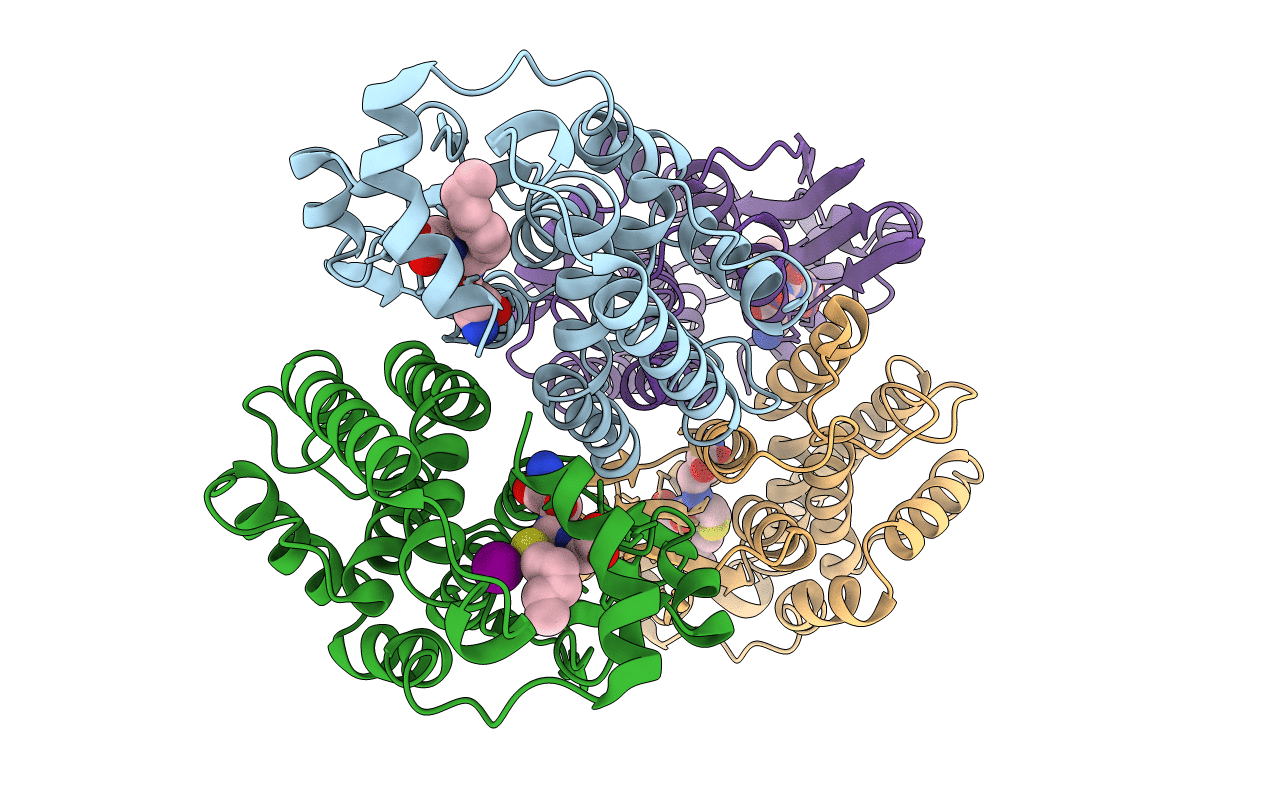
Deposition Date
2005-10-11
Release Date
2005-11-30
Last Version Date
2023-12-13
Entry Detail
PDB ID:
2C3Q
Keywords:
Title:
Human glutathione-S-transferase T1-1 W234R mutant, complex with S- hexylglutathione
Biological Source:
Source Organism:
HOMO SAPIENS (Taxon ID: 9606)
Host Organism:
Method Details:
Experimental Method:
Resolution:
1.85 Å
R-Value Free:
0.25
R-Value Work:
0.22
R-Value Observed:
0.22
Space Group:
P 21 21 21


